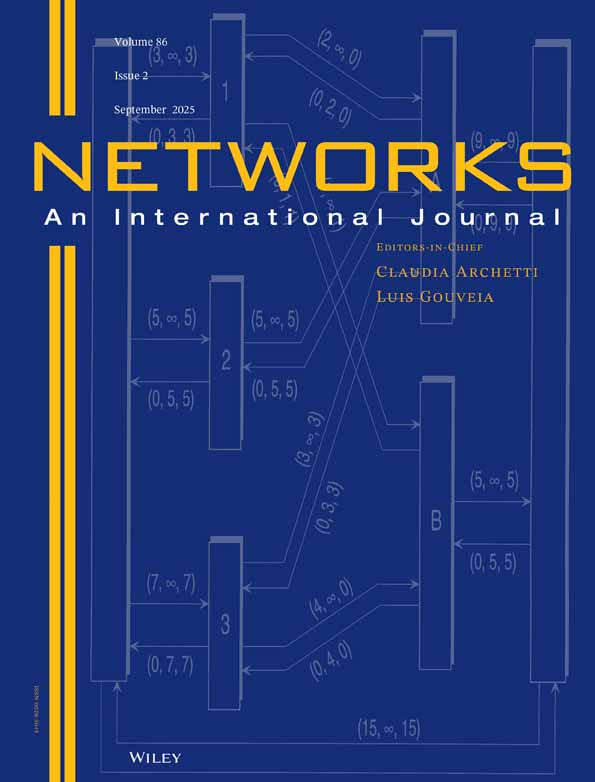Abstract
The (K, j)-reliability of a K-terminal network G is the probability that after the failure of some of its edges the vertices in K will lie in no more than j connected components of the resulting subnetwork of G; when j = 1, this is the usual K-terminal reliability of G. In this paper, we extend the well-known theory of reliability domination and its application to the analysis of factoring algorithms for the computation of K-terminal reliability to (K, j)-reliability and the associated notion of (K, j)-domination. We give conditions equivalent to two edges being parallel or in series with respect to (K, j)-reliability, and we characterize the networks of (K, j)-domination ≥ 3. © 1997 John Wiley & Sons, Inc. Networks 30: 293–306, 1997




